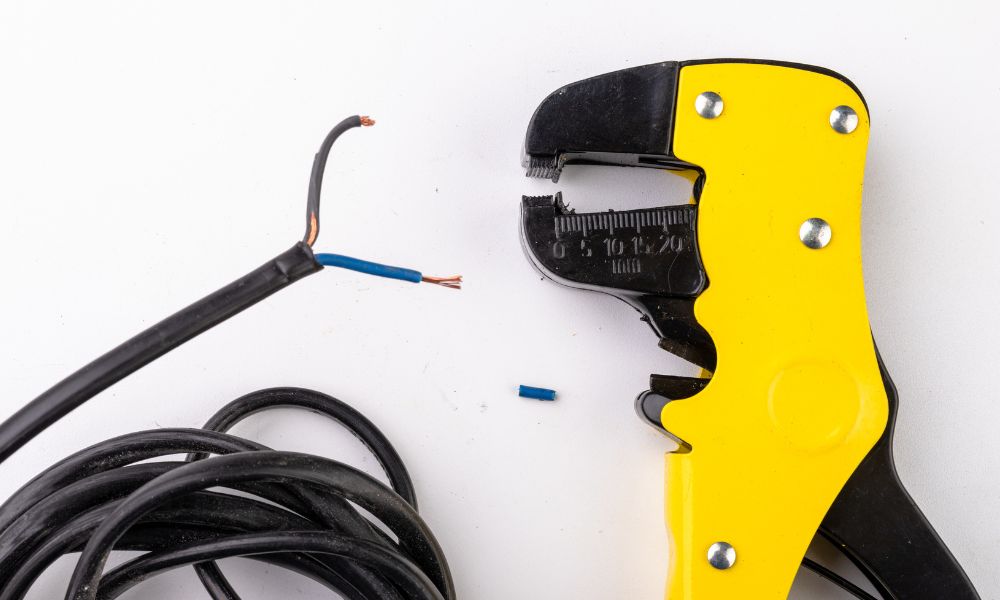Should Wires Be Twisted Before or After Crimping?

What is the ideal way to ensure a quality crimping connection with wires? Should wires be twisted before or after crimping? We answer that question and offer more tips for quality crimping below!
Twist Wires After Crimping
Before crimping, you should prepare your wires, but you shouldn’t deform the wire strands in any way, such as twisting, flattening, or kinking them. You want the strands to be as dense and tightly packed as possible with a slight factory twist before the crimp, but you don’t want to overdo it.
If the wires are deformed from a twist or kink, it’ll negatively affect the crimp’s quality and the connection. After the crimping, if the wires are a bit loose for your liking, you can apply a light twist to return it to its factory tightness. But be wary of overtwisting the strands after crimping, which can cause more crimping problems.
Other Tips for Quality Crimping Connections
So you know wires should be twisted after crimping instead of before, if at all, but there are a few other things you should know to create a quality crimping connection.
Prep Wires
Preparation is always the key to excellence, and that’s no different with wire crimping. Preparing the wires is half the battle in wire crimping, specifically with choosing the correct wire gauge and stripping the insulation from the wire properly.
Ensure the insulation and wire are cut perpendicular to the wire’s longitudinal axis and all the wire strands are approximately the same length, without any excessive damage or deformities.
Use Crimpers, Not Pliers
You should always crimp with the correct tools, which means using crimpers, not pliers. While pliers may be handy in a pinch, they won’t provide the same quality of crimp and connection.
Crimpers are specifically designed to make the ideal crimp with the pressure they apply to the wire without damaging the crimp. You should never sacrifice quality with your crimps, especially regarding your tools.
Automate Your Crimping Process
You can also skip the decision process of using crimpers or pliers and automatically automate the process! An automatic crimp tool is the best way to guarantee crimping quality and consistency, as it takes the skill and technique out of your hands.
Crimping machines may cost more, but the payoff of quality, consistency, and efficiency is more than worth the price!
Conclusion
If you think you could benefit from automating your crimping process or would like to learn more about automatic crimping machines, browse Tri-Star Technologies’ inventory today and contact our staff if you have any questions.


